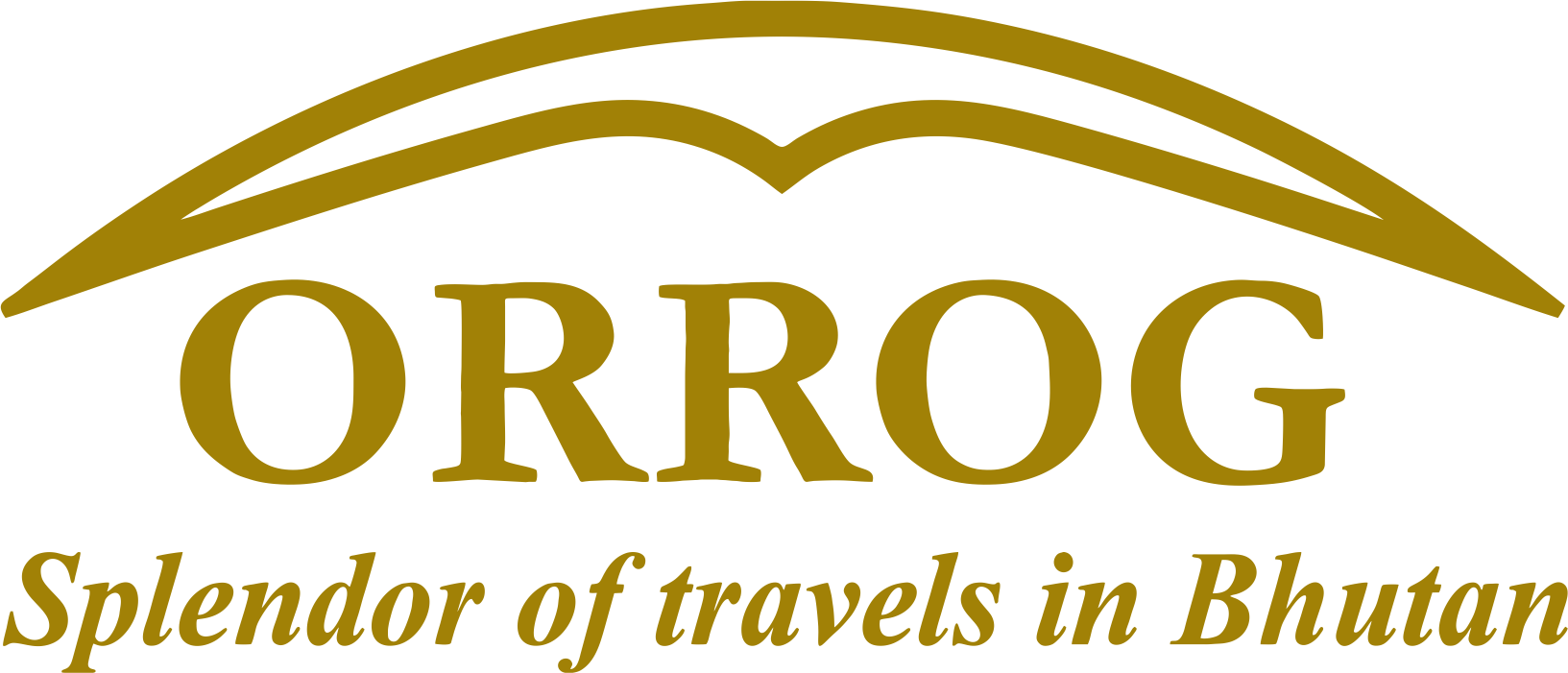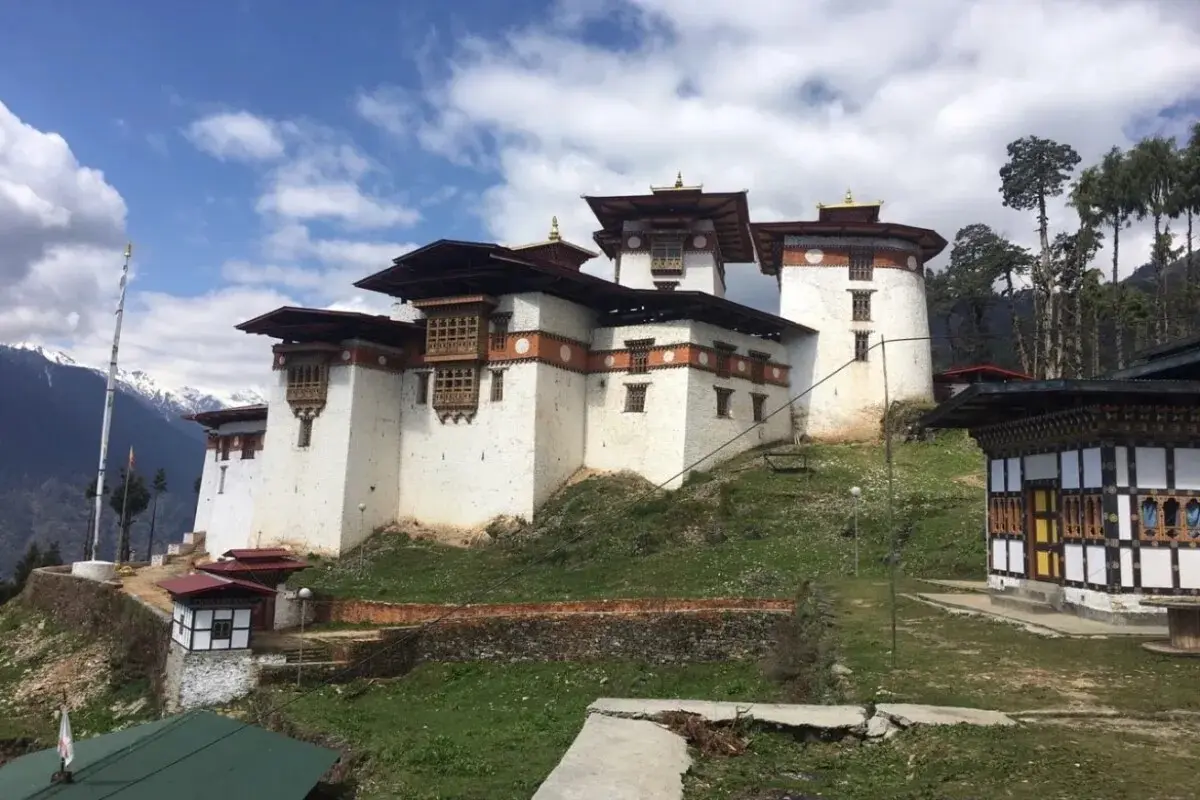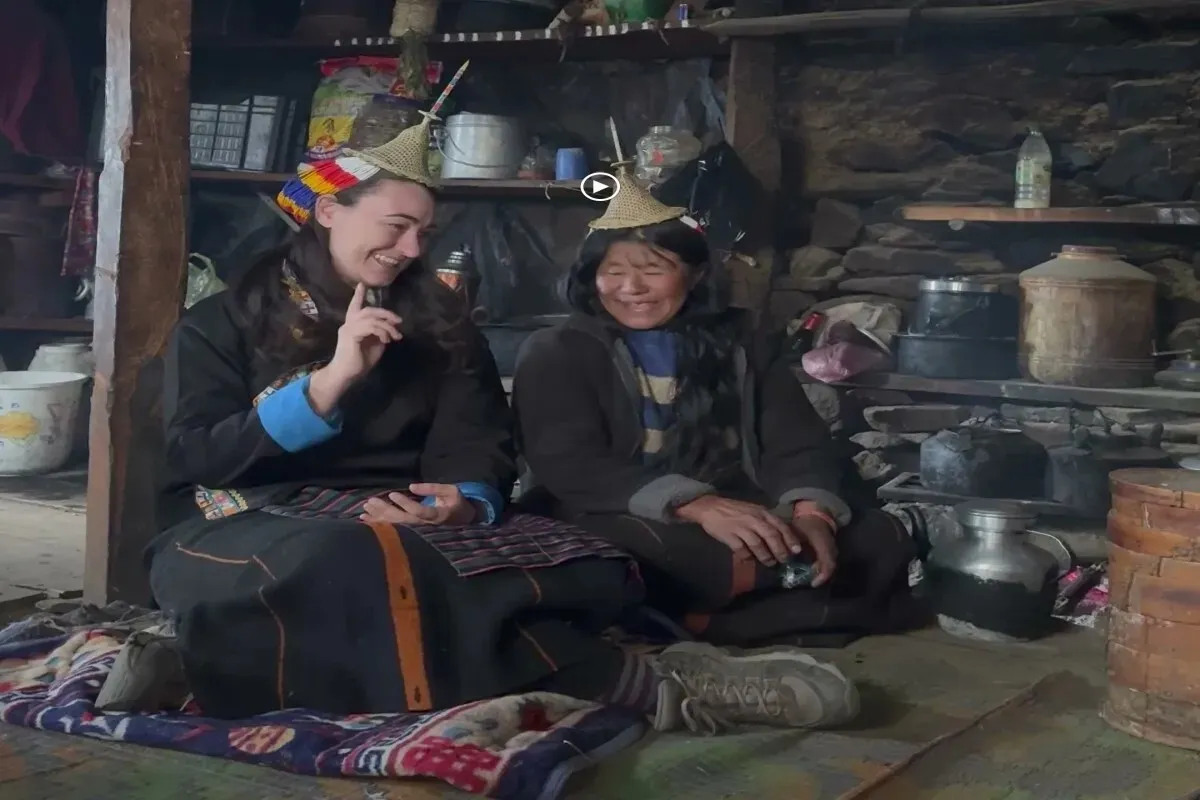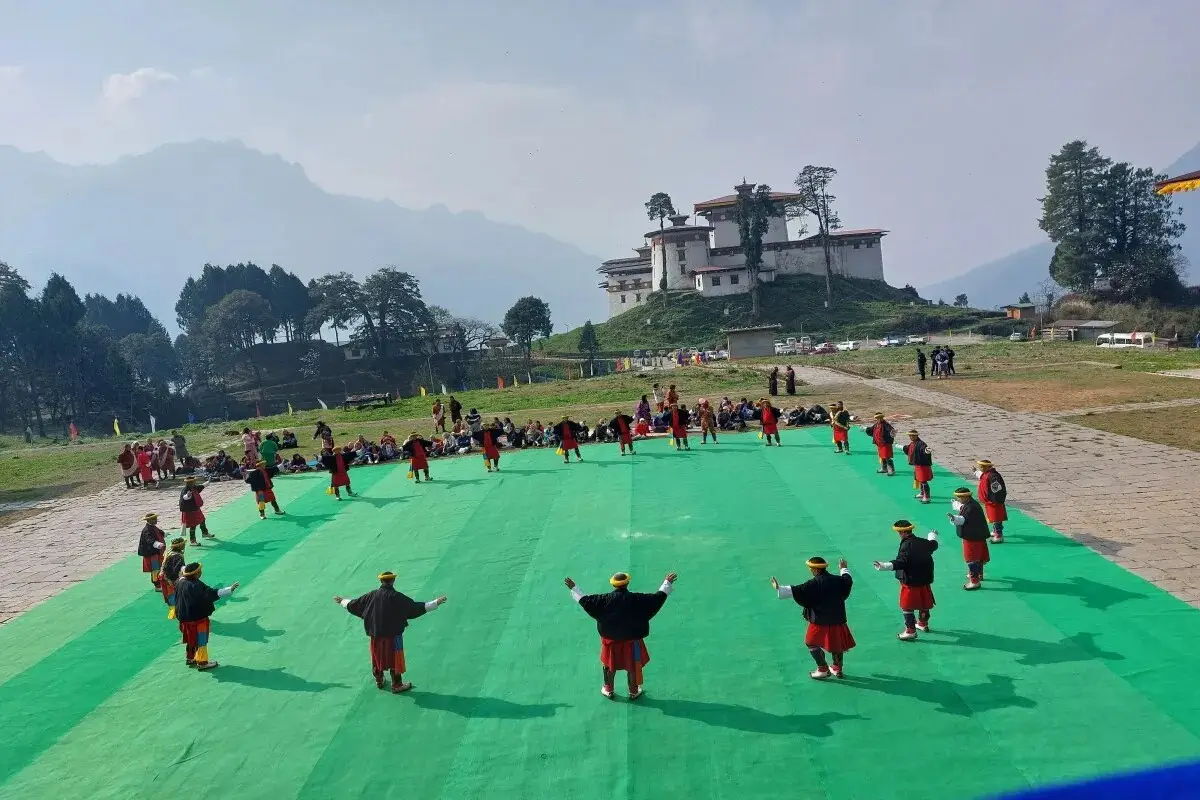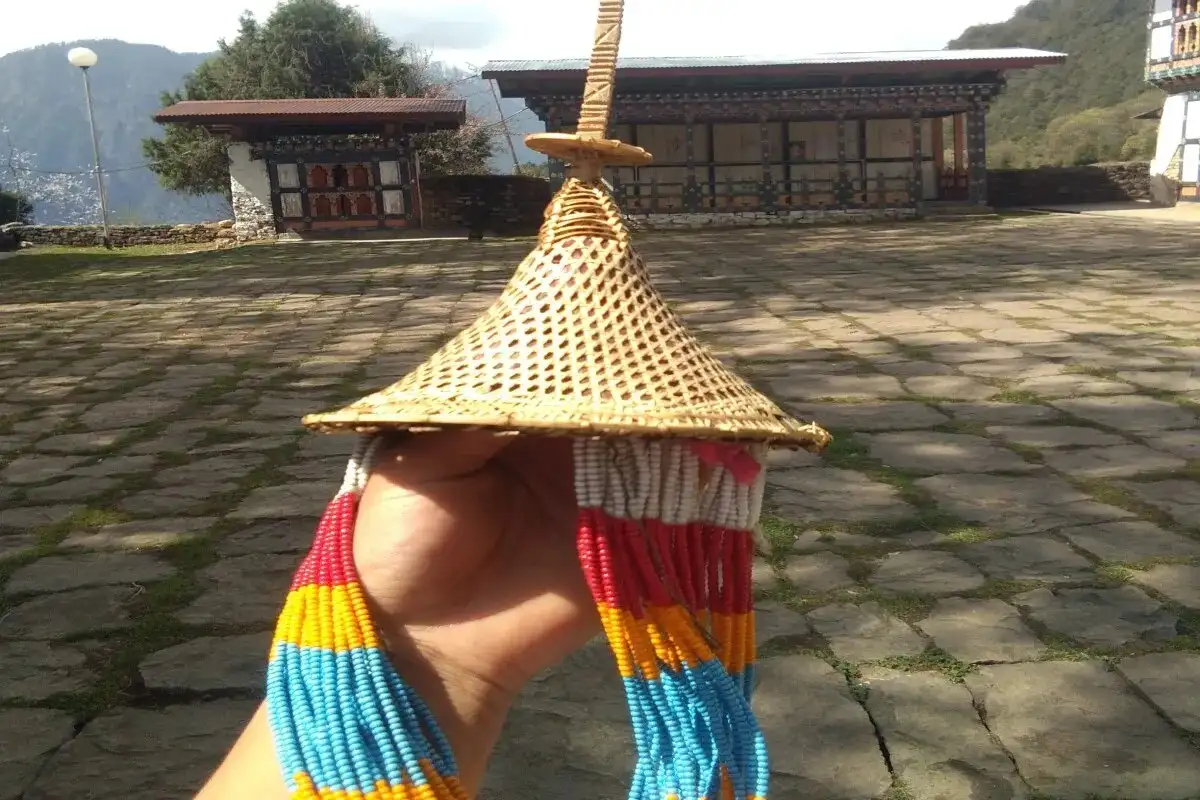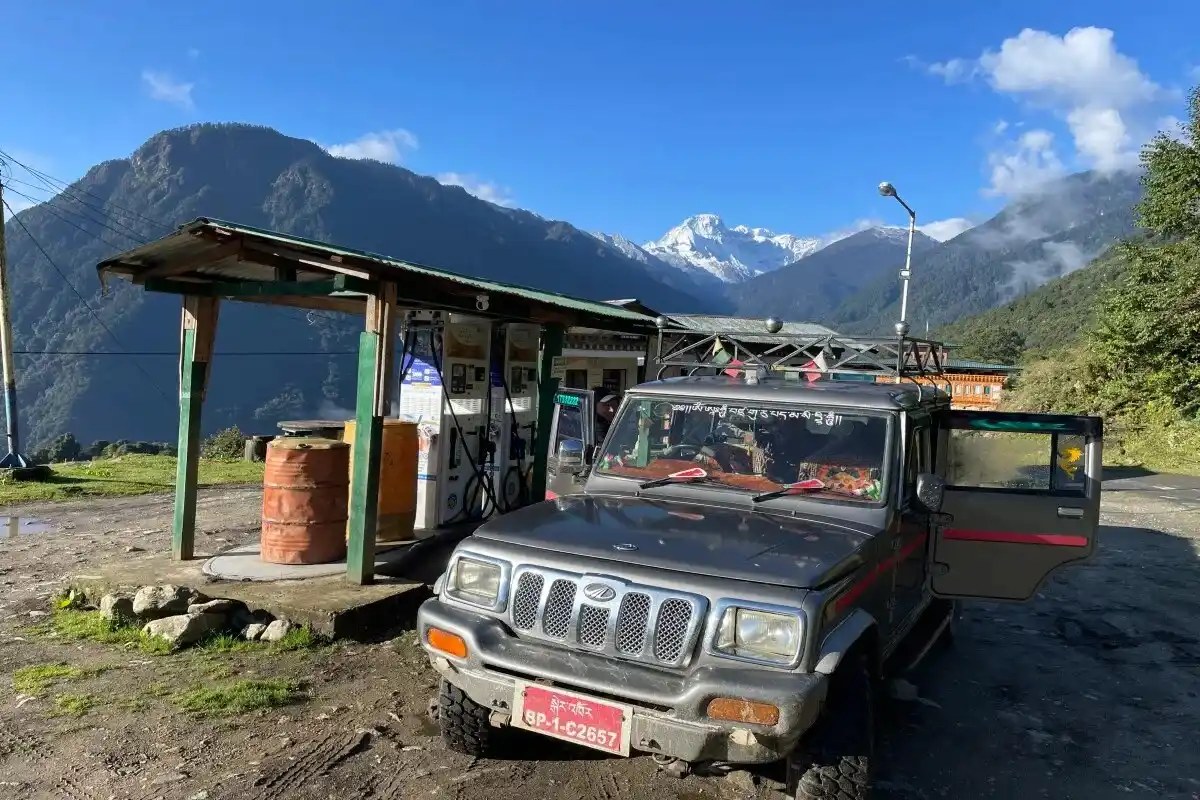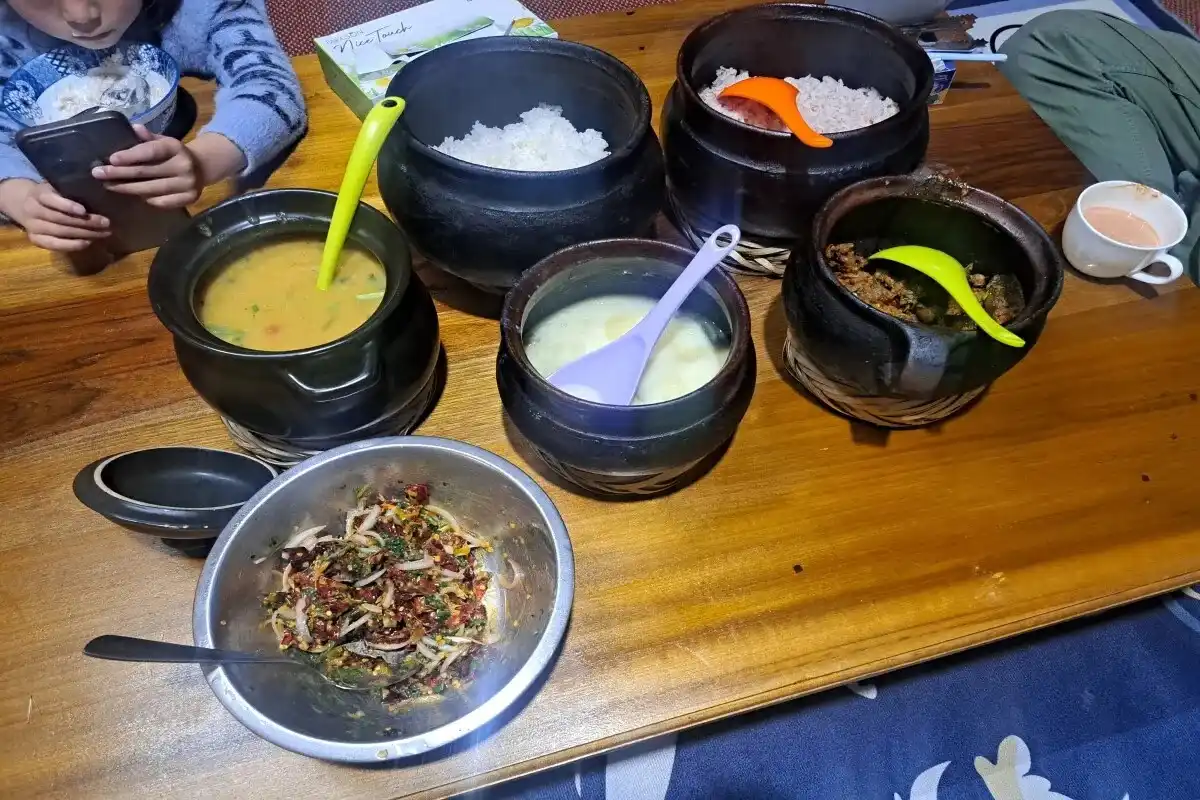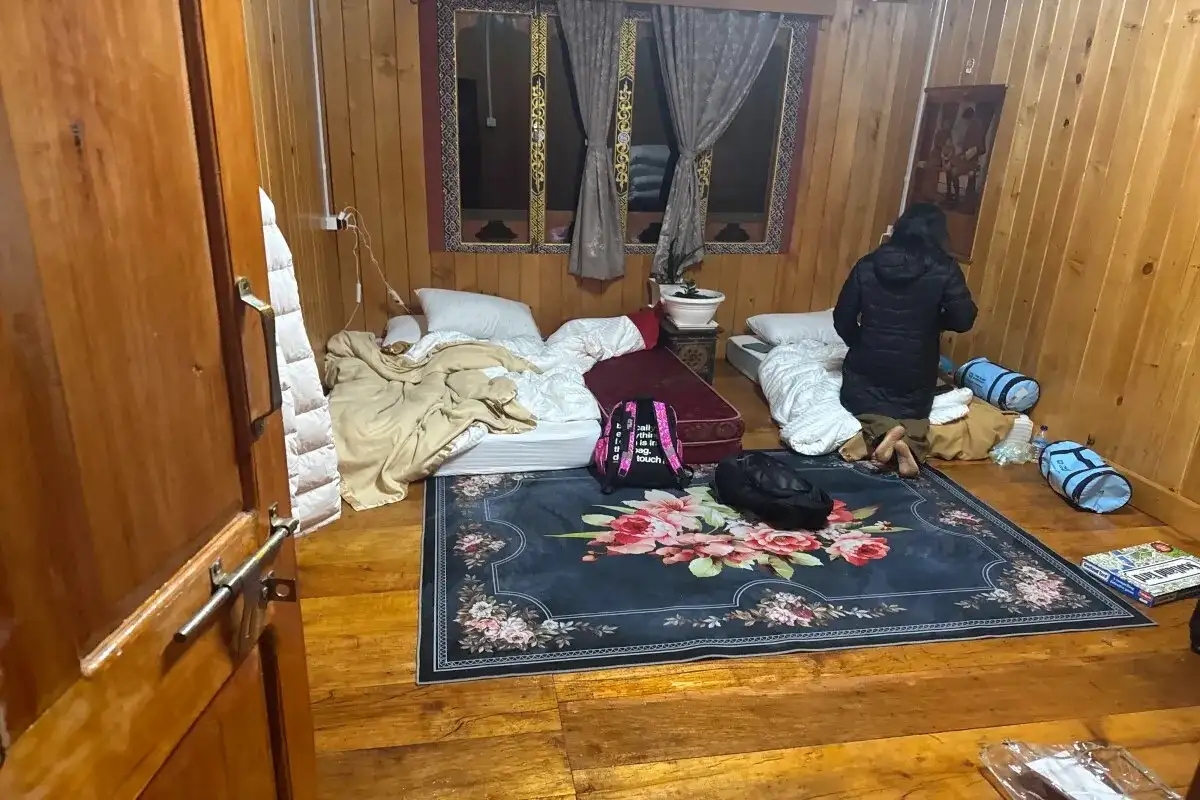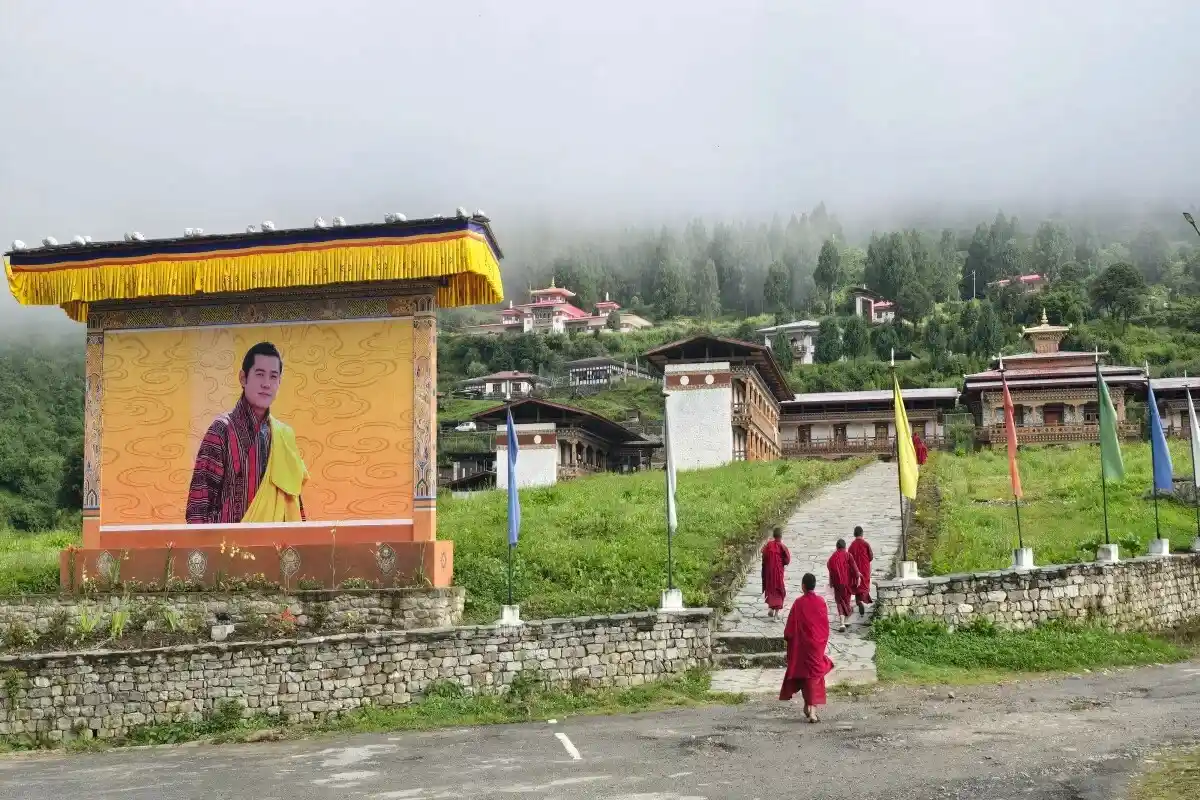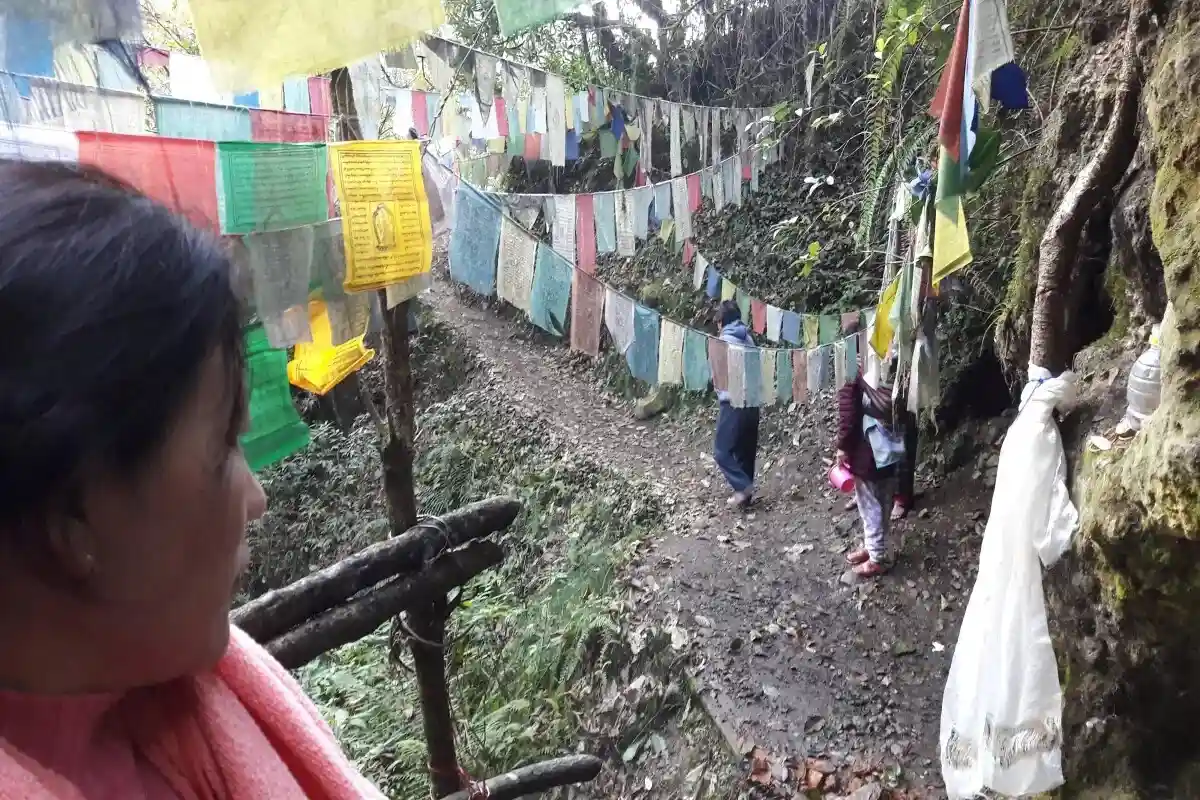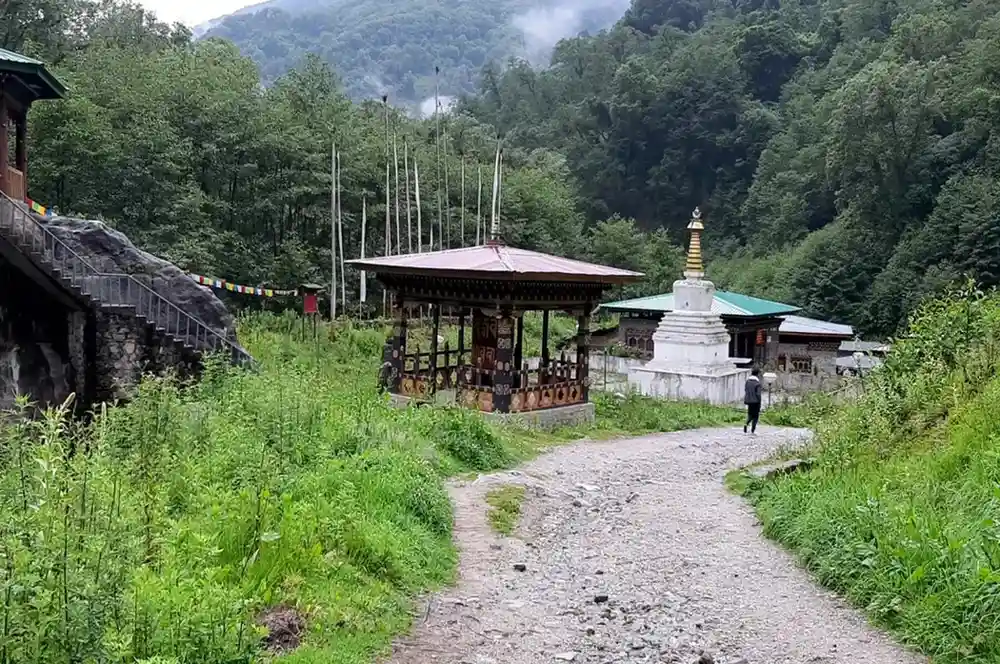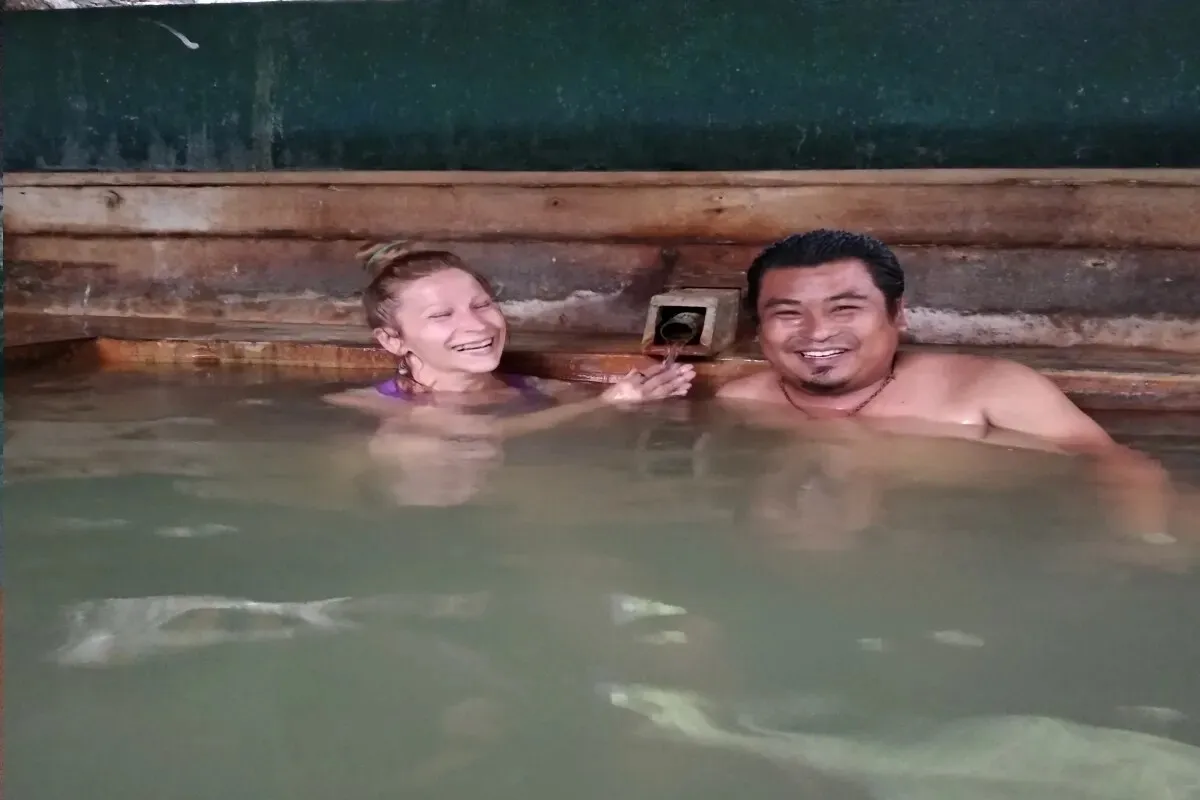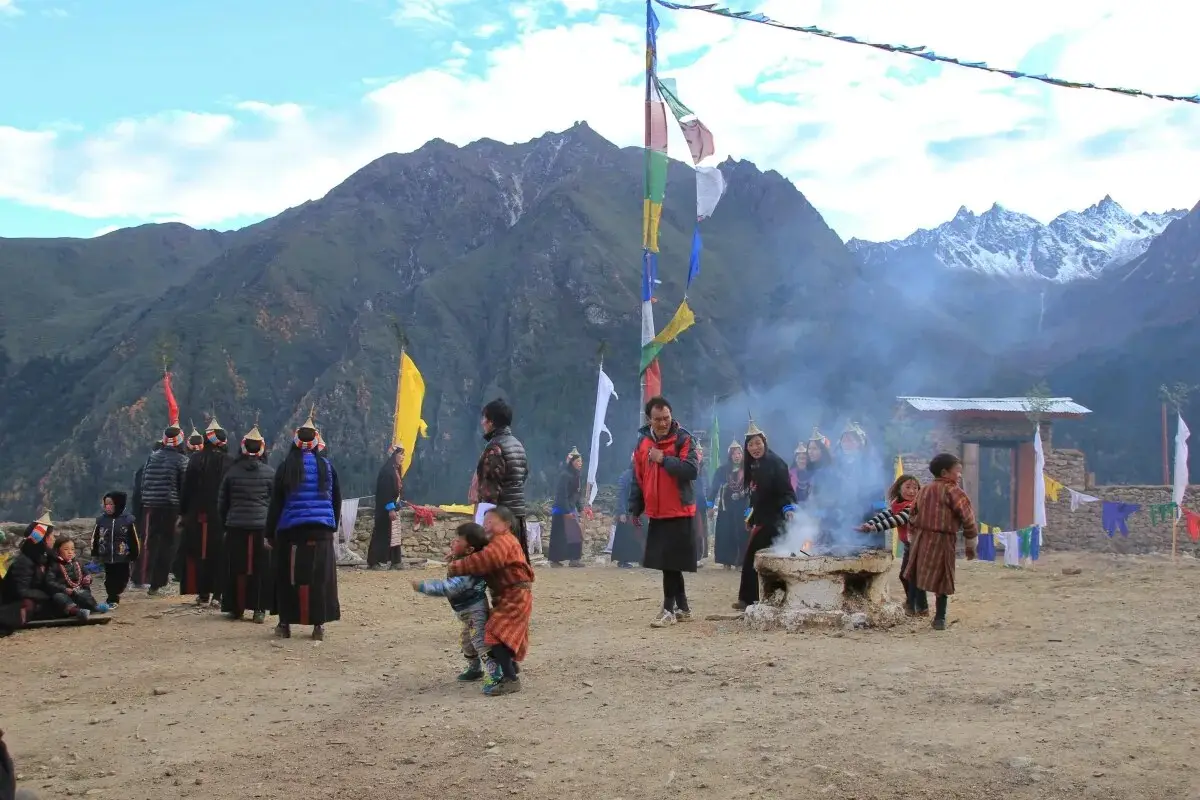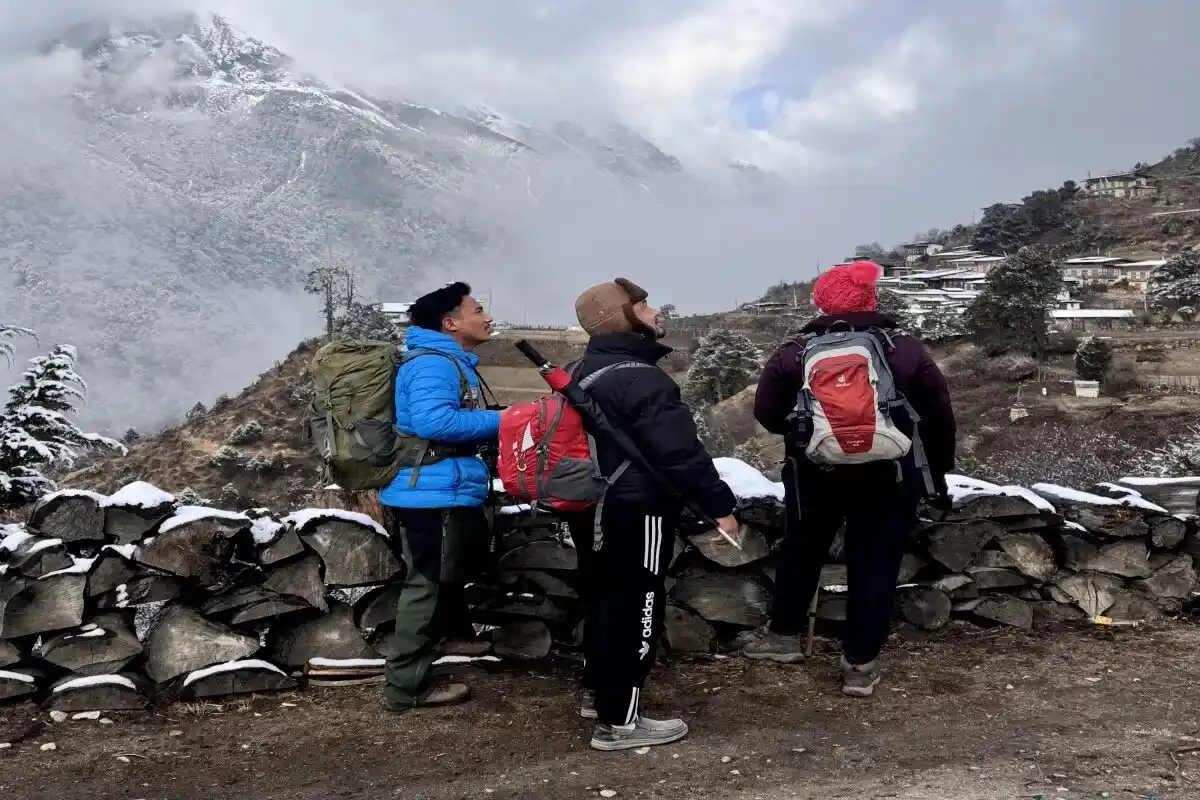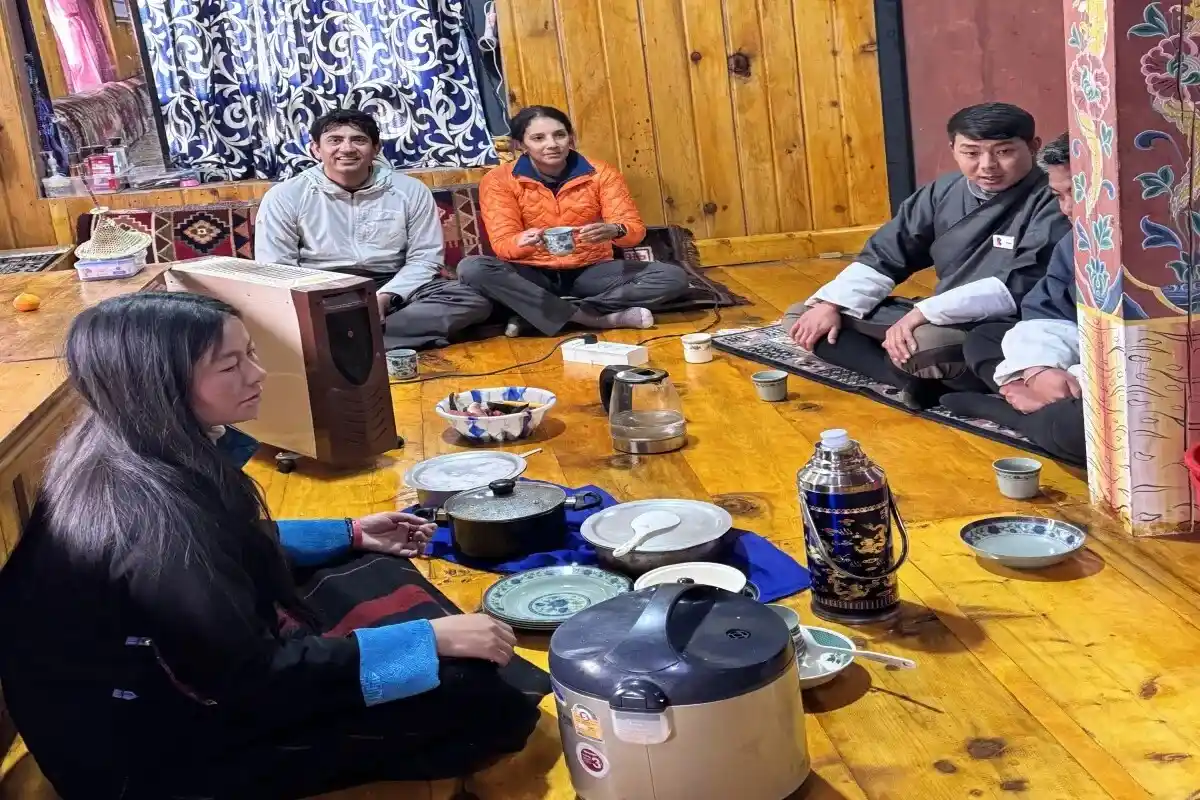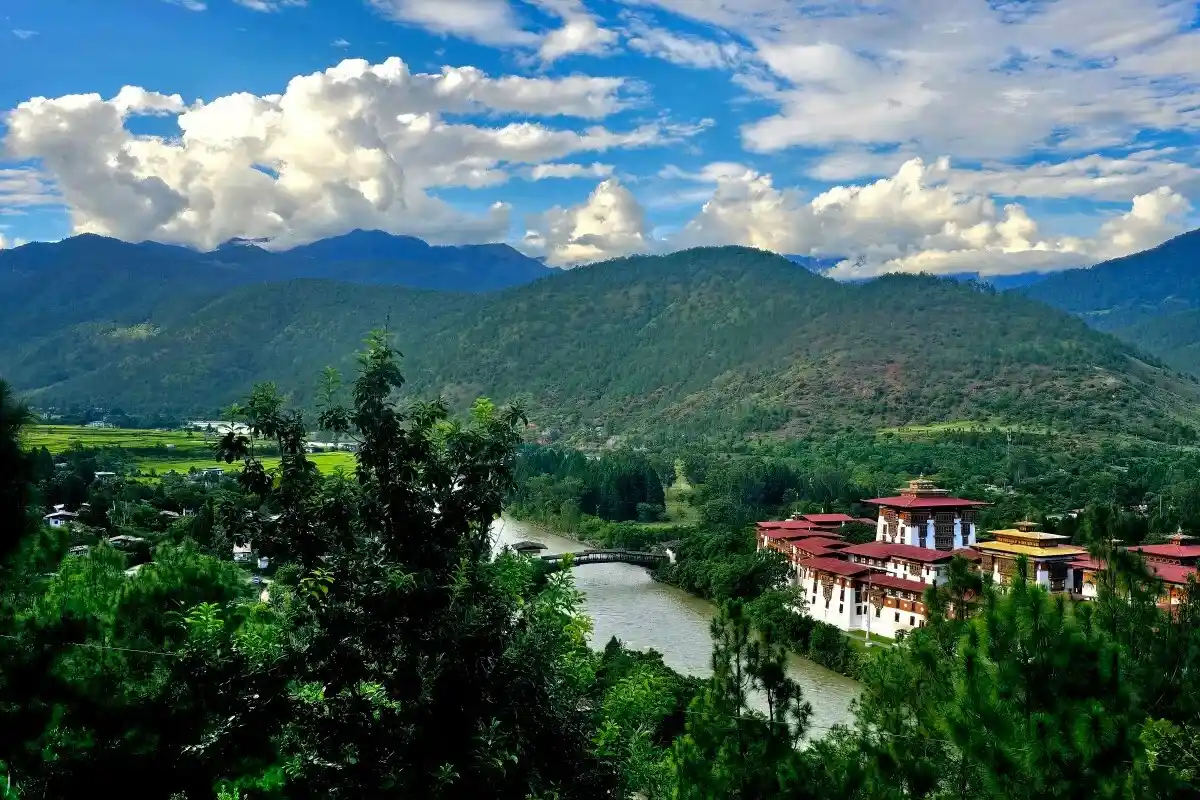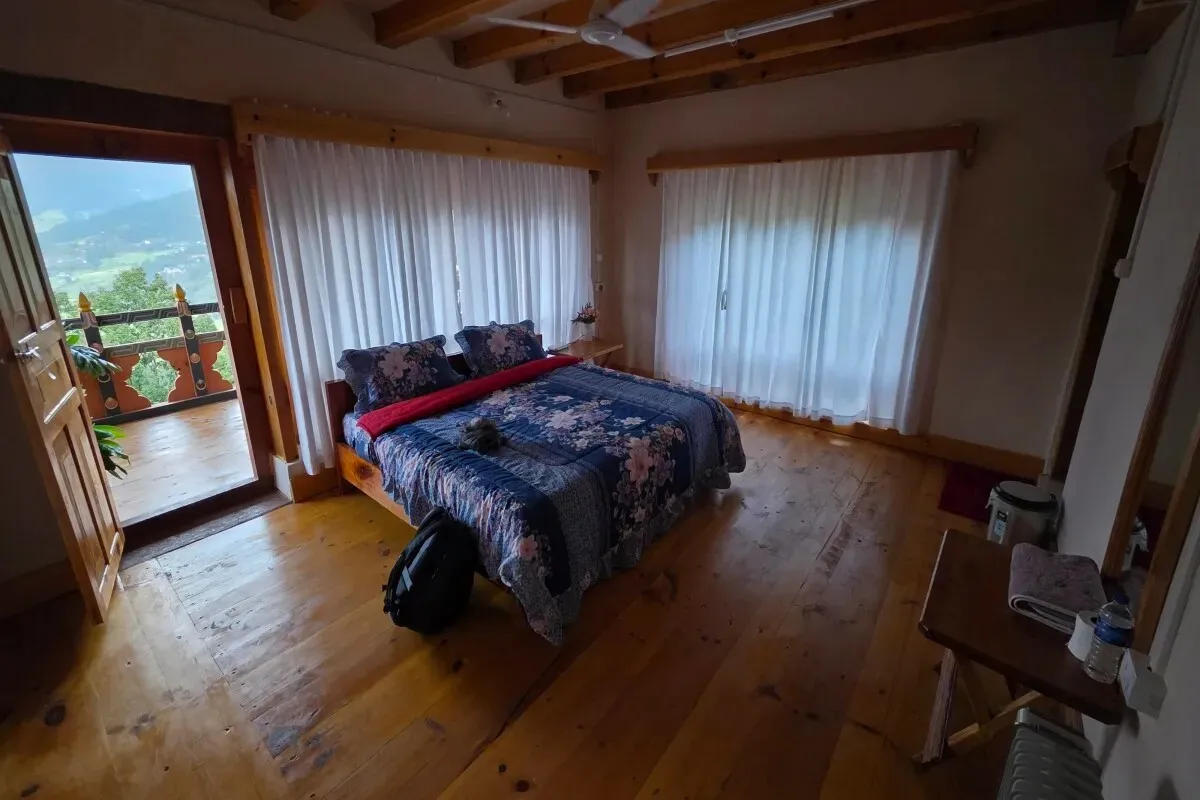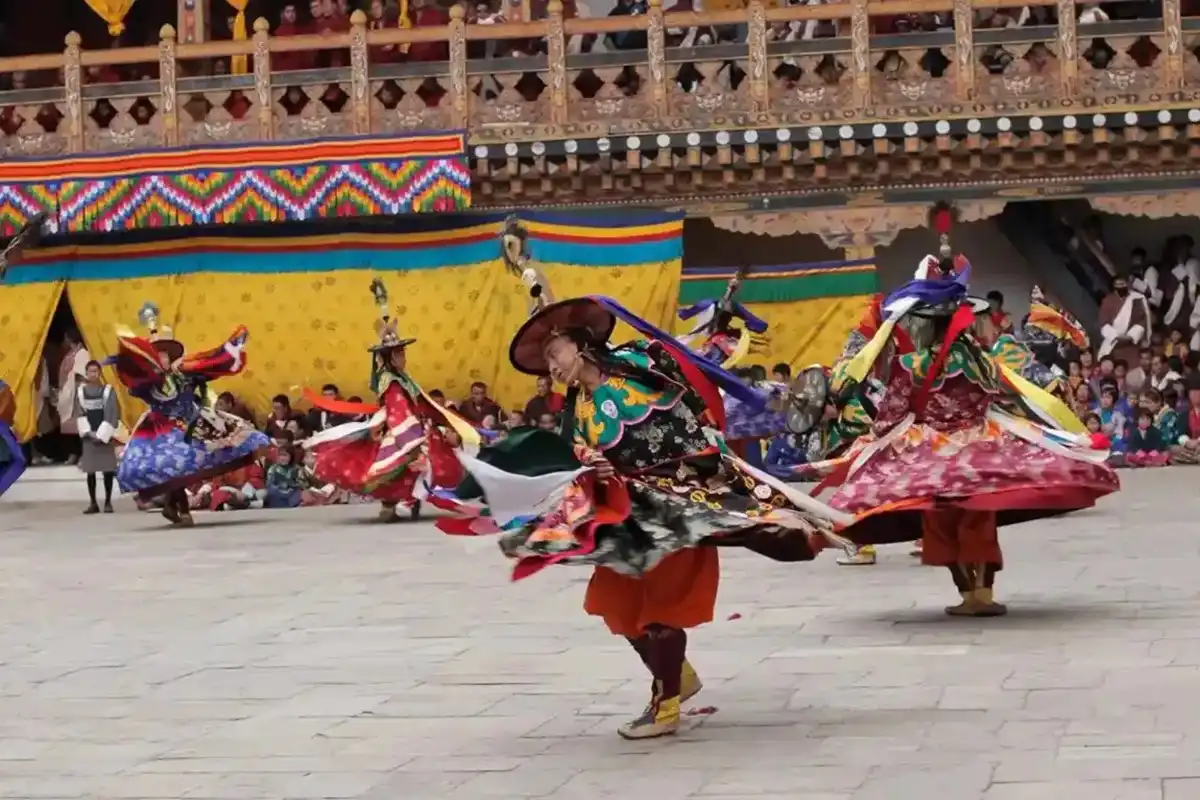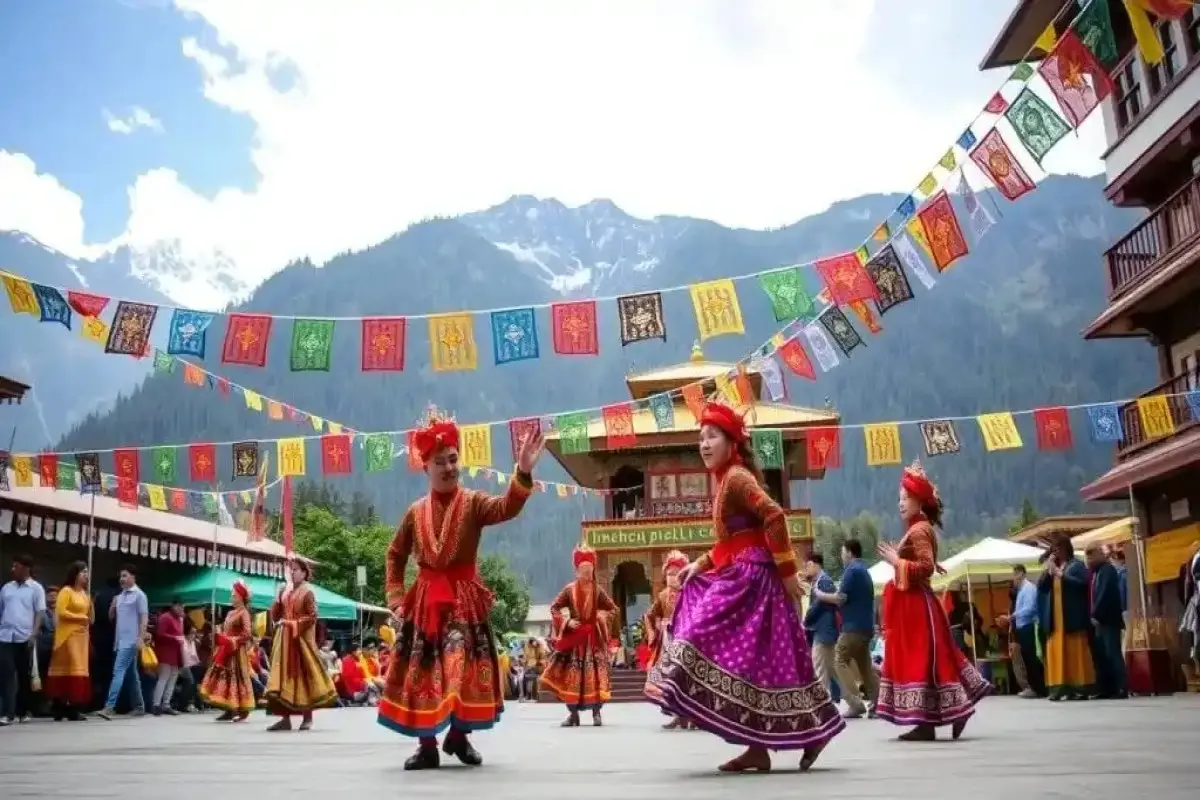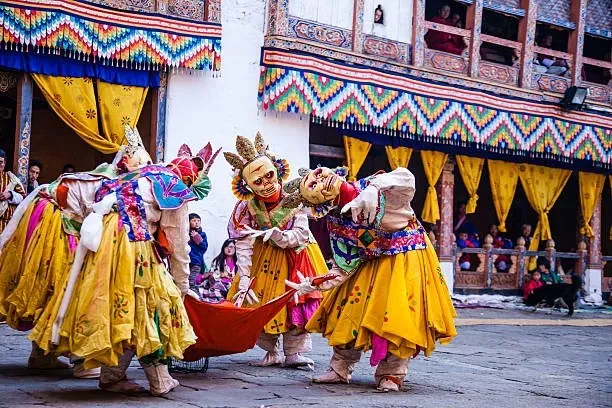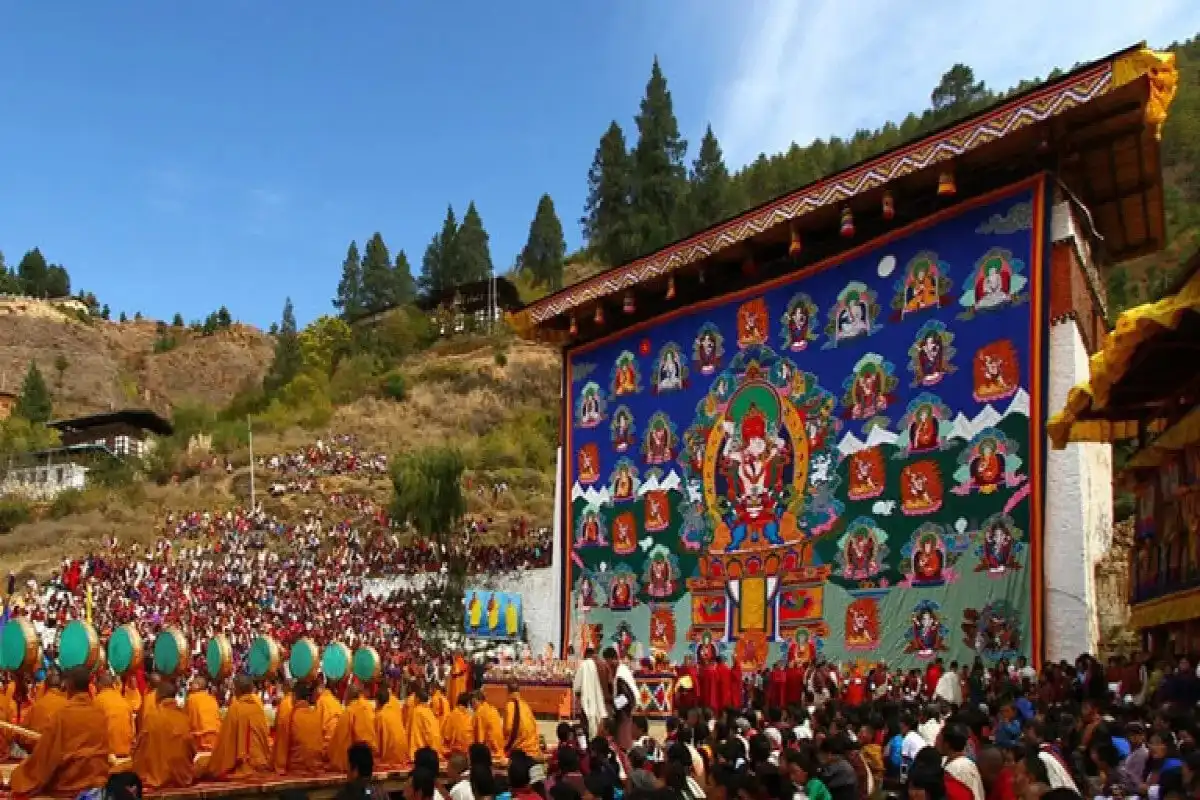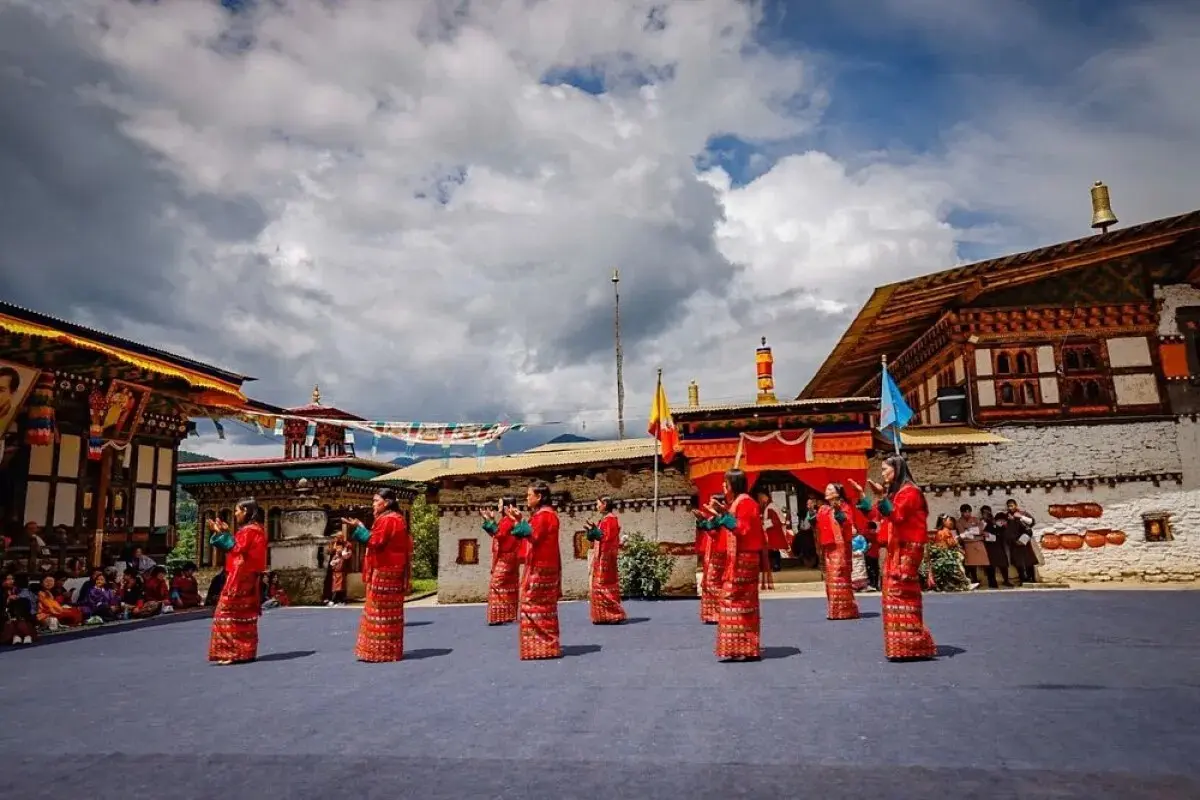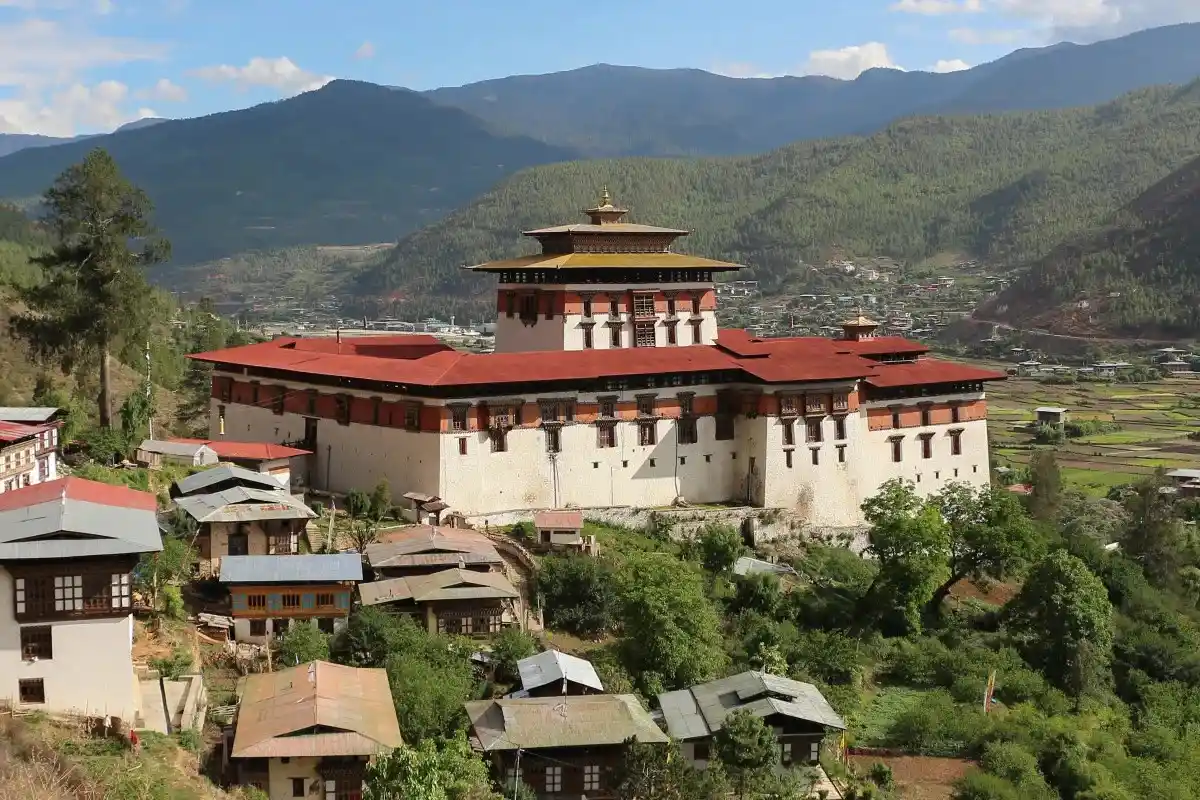Cultural Exploration of Gasa - 6 Days
The Cultural Exploration of Gasa sends you to one of the most tranquil and isolated areas of Bhutan for a full six days. During the visit, travelers will appreciate the local lifestyle while experiencing captivating villages, historical sites, and ancient forests. Travelers get the unique opportunity to appreciate Bhutan’s splendid way of life and customs.
Highlights of the tour
Trip Overview
Introduction
Situated in the northern part of Bhutan, Gasa is more than a destination. It is a place where you can experience timeless culture, natural beauty, and local people living there with full enthusiasm and living every bit of their lives. Gasa is a place that is known for its beautiful dzongs, wonderful villages, and hot springs. It is one of the places that is most culturally preserved and least explored regions of Bhutan. These six days of adventure are perfect for people who love to travel and also for those who want to gain a deeper knowledge of the culture and traditions of Bhutan. You’ll get the opportunity to know more about Bhutan’s culture while getting lost in the beautiful nature of the city of Gasa. This journey is not just about traveling, but it is about seeing, observing, and experiencing the beauty of Gasa. This trip invites you to come and see the beauty of Gasa and keep it in your memories forever.
Highlights of the trips
You can experience the beauty of Bhutan’s important city of Gasa. Here, you can explore nature along with visiting historic places such as Gasa dzong, which has been there for centuries. You can relax, interact with the local people, know more about their day-to-day activities, and most importantly, see the peaceful charm of Bhutan while not even getting a glimpse of city areas and technology.
Visit the Historic Gasa Dzong
Gaza Dzong is one of the most visited tourist places in the city of Gasa. It is also commonly known as Tashi Thongmon Dzong. It is a fortress at the top of the hills, which provides you with an exotic view of the mountain ranges surrounding the place and gives you a surreal view of the city. It was built in the 17th century to protect Bhutan from the Tibetans' invasions. This dzong is rich in history and spiritual importance. This dzong’s architecture shows the traditional Bhutanese design with woodwork and golden roofs. Inside here, you can see monks doing daily traditional rituals, peaceful courtyards, and antiques. Visiting this dzong gives you a powerful sense of Bhutan's spiritual values and architectural beauty.
Relax and Rejuvenate in the Gasa Tshachu
Gasa Tshachu hot springs are popular in Bhutan for their natural hot springs and their cultural significance. People go to Gasa Tshachu not just for its warm waters and minerals but also for mindfulness and healthy hot springs. Patients suffering from arthritis, skin diseases, and other diseases travel from every corner of Bhutan to get these springs. The hot springs are located in the Mo Chhu River streams, which allows for a serene view while soaking and healing. The tradition combines joyful collective laughter, prayers, healing, and bonding. For tourists, these springs serve as a perfect escape where they can relax in the warm water while immersed in nature’s symphony and the sounds of slowly flowing water.
Meet and Interact with the Layap Community
The Layaps are a semi-nomadic and semi-tribal community of northern Gasa. They can be particularly found around the village of Laya. They are recognized by their bamboo conical hats and their unique Layakha language. They also have different customs that set them apart from most Bhutanese people. Your meeting with the Layaps people will surprise you because you’ll encounter something you've never encountered before. As you gain deeper knowledge about the Layaps, you will be more eager to know more about them. You can try something new with the people, such as eating yak meat. While partaking in their rigorous activities, you appreciate the effort they put into living in a harsh terrain alongside the meals they prepare. To some, having face-to-face contact with this civilization is precious because they have been far from modern-day civilization.
Enjoy Peaceful Hikes Through Forests, Pastures, and Spiritual Sites
The Gasa surrounding routes serve more than a purpose; they are gateways to Bhutan’s most sacred and untouched areas. Every step of inhaling the spirituality of the land entails ancient stupas, cliffs hiding peaceful cave shrines, or chortens that are like silent sentinels of the country. In the distance, the soothing sounds of gently blowing mountain winds, birds’ songs, and even Yak bells invite one to deeply relax in Bhutan. Each area is easy to reach and offers nice views, and a nice vibe, and has been the site for centuries-old monasteries and meditation. In Gasa, you can go around for an hour or a day along the myriad paths. All of these roads are wonderful, and peaceful, and offer beautiful landscapes without end.
Discover Remote Himalayan Life Untouched by Modern Distractions
Life in Gasa gives you a view of the local traditional life of people living there. Still, after the country has made a lot of progress in urbanization, Gasa remains untouched by it. This gives travelers and tourists an exact view of the lifestyle of the people there. Here, families still live in stone-built homes, cook meals over wood fires, and gather to share news and laughter under open skies. There are no city lights, no traffic, and no urgency, just calmness, and life moving at a very slow pace. You’ll meet farmers farming with full enthusiasm, children carrying books on the road to school, and old people spinning prayer wheels with hearts full of devotion. Technology plays a very small role here, giving you a chance to see the purity of human connection and natural simplicity. This experience offers not just a break from modern distractions, but a powerful reminder of how fulfilling life can be when lived close to nature and culture.
Exploring the Beautiful City of Gasa
Even though Gasa is not that popular city, it surely has a reputation for being charming. The natural scenery surrounding small villages throughout the hills is beautiful and pleasing. In Gasa, there is also Gasa Dzong, which is a large fortress that gives the village a beautiful view of the panoramic mountains and river valleys. The vast forests sprinkled with an abundance of pine trees are also a delightful sight. Different from many other regions, Gasa town is pretty quiet because of the absence of traffic and chaos like a city area. The surrounding villages are calm as busy farmers take care of their livestock, school-age children attend classes, and elderly folk share warm tales. Most importantly, the region flaunts the hidden and peaceful side of Bhutan.
Conclusion
The Cultural Exploration of Gasa is more than a simple mountain getaway; it is a meaningful journey into the country of Bhutan. Gasa offers travelers an impressive lesson that gives the wisdom of the world with tradition, combined with nature, and presents a calm yet joyful experience, all without the need for modern technology. In six days here, you will experience a unique connection that lasts well throughout your life.
Introduction
Situated in the northern part of Bhutan, Gasa is more than a destination. It is a place where you can experience timeless culture, natural beauty, and local people living there with full enthusiasm and living every bit of their lives. Gasa is a place that is known for its beautiful dzongs, wonderful villages, and hot springs. It is one of the places that is most culturally preserved and least explored regions of Bhutan. These six days of adventure are perfect for people who love to travel and also for those who want to gain a deeper knowledge of the culture and traditions of Bhutan. You’ll get the opportunity to know more about Bhutan’s culture while getting lost in the beautiful nature of the city of Gasa. This journey is not just about traveling, but it is about seeing, observing, and experiencing the beauty of Gasa. This trip invites you to come and see the beauty of Gasa and keep it in your memories forever.
Highlights of the trips
You can experience the beauty of Bhutan’s important city of Gasa. Here, you can explore nature along with visiting historic places such as Gasa dzong, which has been there for centuries. You can relax, interact with the local people, know more about their day-to-day activities, and most importantly, see the peaceful charm of Bhutan while not even getting a glimpse of city areas and technology.
Visit the Historic Gasa Dzong
Gaza Dzong is one of the most visited tourist places in the city of Gasa. It is also commonly known as Tashi Thongmon Dzong. It is a fortress at the top of the hills, which provides you with an exotic view of the mountain ranges surrounding the place and gives you a surreal view of the city. It was built in the 17th century to protect Bhutan from the Tibetans' invasions. This dzong is rich in history and spiritual importance. This dzong’s architecture shows the traditional Bhutanese design with woodwork and golden roofs. Inside here, you can see monks doing daily traditional rituals, peaceful courtyards, and antiques. Visiting this dzong gives you a powerful sense of Bhutan's spiritual values and architectural beauty.
Relax and Rejuvenate in the Gasa Tshachu
Gasa Tshachu hot springs are popular in Bhutan for their natural hot springs and their cultural significance. People go to Gasa Tshachu not just for its warm waters and minerals but also for mindfulness and healthy hot springs. Patients suffering from arthritis, skin diseases, and other diseases travel from every corner of Bhutan to get these springs. The hot springs are located in the Mo Chhu River streams, which allows for a serene view while soaking and healing. The tradition combines joyful collective laughter, prayers, healing, and bonding. For tourists, these springs serve as a perfect escape where they can relax in the warm water while immersed in nature’s symphony and the sounds of slowly flowing water.
Meet and Interact with the Layap Community
The Layaps are a semi-nomadic and semi-tribal community of northern Gasa. They can be particularly found around the village of Laya. They are recognized by their bamboo conical hats and their unique Layakha language. They also have different customs that set them apart from most Bhutanese people. Your meeting with the Layaps people will surprise you because you’ll encounter something you've never encountered before. As you gain deeper knowledge about the Layaps, you will be more eager to know more about them. You can try something new with the people, such as eating yak meat. While partaking in their rigorous activities, you appreciate the effort they put into living in a harsh terrain alongside the meals they prepare. To some, having face-to-face contact with this civilization is precious because they have been far from modern-day civilization.
Enjoy Peaceful Hikes Through Forests, Pastures, and Spiritual Sites
The Gasa surrounding routes serve more than a purpose; they are gateways to Bhutan’s most sacred and untouched areas. Every step of inhaling the spirituality of the land entails ancient stupas, cliffs hiding peaceful cave shrines, or chortens that are like silent sentinels of the country. In the distance, the soothing sounds of gently blowing mountain winds, birds’ songs, and even Yak bells invite one to deeply relax in Bhutan. Each area is easy to reach and offers nice views, and a nice vibe, and has been the site for centuries-old monasteries and meditation. In Gasa, you can go around for an hour or a day along the myriad paths. All of these roads are wonderful, and peaceful, and offer beautiful landscapes without end.
Discover Remote Himalayan Life Untouched by Modern Distractions
Life in Gasa gives you a view of the local traditional life of people living there. Still, after the country has made a lot of progress in urbanization, Gasa remains untouched by it. This gives travelers and tourists an exact view of the lifestyle of the people there. Here, families still live in stone-built homes, cook meals over wood fires, and gather to share news and laughter under open skies. There are no city lights, no traffic, and no urgency, just calmness, and life moving at a very slow pace. You’ll meet farmers farming with full enthusiasm, children carrying books on the road to school, and old people spinning prayer wheels with hearts full of devotion. Technology plays a very small role here, giving you a chance to see the purity of human connection and natural simplicity. This experience offers not just a break from modern distractions, but a powerful reminder of how fulfilling life can be when lived close to nature and culture.
Exploring the Beautiful City of Gasa
Even though Gasa is not that popular city, it surely has a reputation for being charming. The natural scenery surrounding small villages throughout the hills is beautiful and pleasing. In Gasa, there is also Gasa Dzong, which is a large fortress that gives the village a beautiful view of the panoramic mountains and river valleys. The vast forests sprinkled with an abundance of pine trees are also a delightful sight. Different from many other regions, Gasa town is pretty quiet because of the absence of traffic and chaos like a city area. The surrounding villages are calm as busy farmers take care of their livestock, school-age children attend classes, and elderly folk share warm tales. Most importantly, the region flaunts the hidden and peaceful side of Bhutan.
Conclusion
The Cultural Exploration of Gasa is more than a simple mountain getaway; it is a meaningful journey into the country of Bhutan. Gasa offers travelers an impressive lesson that gives the wisdom of the world with tradition, combined with nature, and presents a calm yet joyful experience, all without the need for modern technology. In six days here, you will experience a unique connection that lasts well throughout your life.
Short Itinerary
Day 01: Arrival in Punakha, scenic drive to Gasa, check-in at guesthouse, relax and enjoy Bhutanese dinner.
Day 02: Visit Gasa Dzong, trek to nearby meditation sites, enjoy nature and local culture, return to guesthouse.
Day 03: Relax and rejuvenate at Gasa Tshachu hot springs, interact with locals, enjoy spiritual and physical healing.
Day 04: Drive to Laya or nearby Layap villages, experience highland life and yak herding, stay in local guesthouse or homestay.
Day 05: Cultural immersion in village life: learn traditional crafts, household rituals, yak wool spinning, visit temples and chortens.
Day 06: Return to Punakha, stop at local farms or monasteries along the way, check-in to hotel, share experiences and farewell dinner.
Cultural Exploration of Gasa Itinerary
Your journey will start from Punakha, which is the previous capital of Bhutan. After a short introduction and orientation about the upcoming six days of your trip, your journey will begin from Punakha to Gasa. You’ll go on a scenic drive from Punakha to Gasa. This will take at least 5 to 6 hours by road. Along the way, you’ll pass through villages, farmlands, and lush forests that gradually become bigger as you move. After you arrive in Gasa, you can check into your guesthouse. You will be greeted there with warm hospitality. You’ll have time to relax, sip on hot Suja, and take a rest in the room after a long journey. In the evening, you can eat an authentic Bhutanese meal here and get rest for your next destination.
On day two, you’ll get to explore the famous Gasa Dzong. Gasa is a place that is very desirable for people who love to travel. After driving through roads and mountains, Gasa Dzong can be found at the end of the valley. This medieval fortress can reveal the entire stretch below as well as its history, accompanied by sights filled with immense adventure. Inside, the dzong is a peaceful vision where monks continue daily prayers and rituals. The architecture is traditional Bhanese architecture with whitewashed walls, bright red window frames, and brown painted wood beams. One can also spot highland yak wool-clad outfits embracing tradition in highland settlements nearby. You can click pictures here to take home with you as a memory. Upon finishing your visit to Dzong, you will go on a trek to some local meditation sites and natural viewing locations. The way is easy and consists of pine-scented paths, yak herds, and some wildflower patches. At one hilltop, you may hear far-off monk chants or even come across hermit-built stupas. After this, you can return to the place where you are staying, relax, and be ready for the next day.
Begin the day with a drive or walk to Gasa Tshachu, a hot spring in Bhutan. Renowned for their beauty. It is located beside the Mo Chhu River. These thermal baths in nature are surrounded by mountains and offer fresh and cool air. Locals have been believing that taking these baths helps relieve aches, joint pain, and stress. The place has several stones with different temperatures so that you can relax at your own pace.
During your visit, you will most likely find quiet rituals or prayers and get a chance to sip tea with local families who will share Bhutanese stories with you. People not only visit for physical healing here, but also to spiritually recharge, and the atmosphere is remarkably calm, community-oriented, and traditional, which most people look forward to coming to. After a few hours of soaking, head back to your guesthouse and feel relaxed here.
Today’s cultural journey will update you on the highlands as you proceed toward Laya or some other remote Layap villages. Laya is home to the semi-nomadic Layap community. They are known for yak herding and residing at over 3800 meters. Women in this community are characterized by their pointed bamboo hats and dark woolen robes. It is very unique. You will notice the architectural beauty and get to experience the change in altitude here. Life here is rough and deeply bonded to the wilderness.
Once you reach the village, families will kindly receive and welcome you. This is the moment you get to talk and see how the people here, with livestock, herbs, and seasonal migration, manage to keep moving. Spend the night in a modest guesthouse or homestay beneath a sky richly dotted with stars. The experience is grounding, raw, and unlike anything else.
After enjoying breakfast, your journey into acquiring knowledge about culture starts on day five. To begin the day, you will participate with villagers as they do their daily chores. You will be taught traditional Bhutanese household works like incense making and cooking, as well as the significance of household shrines. You can join the ladies to learn the art of spinning yak wool into thread or embroidery of traditional garments using ancient methods. Meals are a great chance to listen to folklore tales during mealtime. You can go to local temples and community chortens present there. Available monks might teach you spirituality and its place in everyday village life. Complete the day with an easy evening walk through the village as the sun sets.
Gasa’s last morning is marked with calm goodbyes from the people of the guesthouse where you were staying. They will show their warm gesture by giving you a khadar scarf and wishing you safe travels. After you leave there, on the way, you may make short stops at local farms, monasteries, or any nice locations you missed on the first day. As you reach closer to Punakha, warm valleys will not only change your climate but also the energy you feel. After arrival in Punakha, check back into your hotel and have dinner with your group or guide. You can share your whole experience of the trip here. If you want to contact your host shortly, you can exchange contact information too.
Know Before You Travel
- Understand the Culture of Gasa: For the locals in Gasa, the daily activities are shaped around their religion, including prayers and rituals. In the case of Gasa, it is Buddhism that exercises this form of influence. The Layap people living in the higher altitudes have their own way of life. They wear tall bamboo hats, live in stone and wooden houses, and have their own customs. The people in Gasa are friendly and hospitable towards visitors. In Gasa, small festivals are of great importance. The people perform rituals in an elaborate manner, which include singing and dancing. There are many who hold on to the traditional holistic methods of herbal medicine with a belief that people, nature, and health work well with each other. Instead of only watching, travelers can enjoy meals with the locals, join in prayer, and appreciate the stories shared. It feels calmer and unique to live there. The Layaps are a semi-nomadic and semi-tribal community of northern Gasa. They can be particularly found around the village of Laya. They are recognized by their bamboo conical hats and their unique Layakha language. They also have different customs that set them apart from most Bhutanese people. Your meeting with the Layaps people will surprise you because you’ll encounter something you've never encountered before. As you gain deeper knowledge about the Layaps, you will be more eager to know more about them. You can try something new with the people, such as eating yak meat. While partaking in their rigorous activities, you appreciate the effort they put into living in a harsh terrain alongside the meals they prepare. To some, having face-to-face contact with this civilization is precious because they have been far from modern-day civilization.
FAQs for Cultural Exploration of Gasa
Reviews & Ratings
-
Guarantee -
Thimphu,Bhutan -
975+17160228
Ready to Explore Bhutan?
Start your journey today and discover the magic of Bhutan with our expert guides and carefully crafted tours.
Book This Trip
-
No booking or credit card fees -
Best price guarantee -
Full customize trip
Ask a Question
Feel free to ask us anything about this tour. A travel expert will then get back to you as soon as possible
Ready to Explore Bhutan?
Start your journey today and discover the magic of Bhutan with our expert guides and carefully crafted tours.
